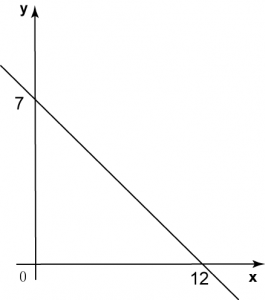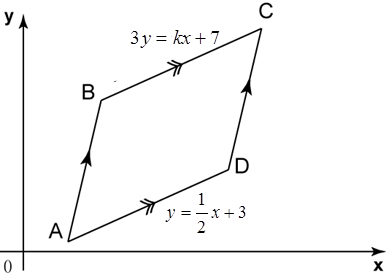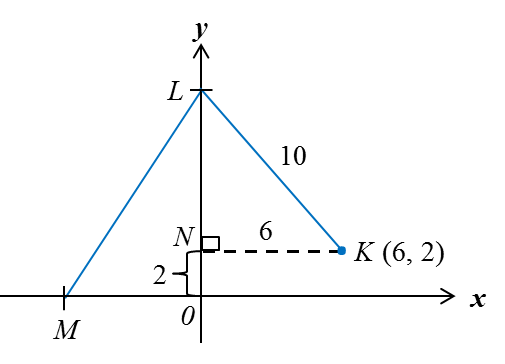Example 1:
Solution:
Gradient of the straight line
Example 2:

Solution:
Gradient of the straight line PQ
Example 3:
Solution:
Given that a straight line passes through points (-3, -7) and (4, 14). What is the gradient of the straight line?
Solution:
Let (x1, y1) = (-3, -7) and (x2, y2) = (4, 14).
Gradient of the straight line
Example 2:

The gradient of the straight line PQ in the diagram above is
Solution:
Let (x1, y1) = (12, 0) and (x2, y2) = (0, 7).
Gradient of the straight line PQ
Example 3:
A straight line with gradient -3 passes through points (-4, 6) and (-1, p). Find the value of p.
Solution:











